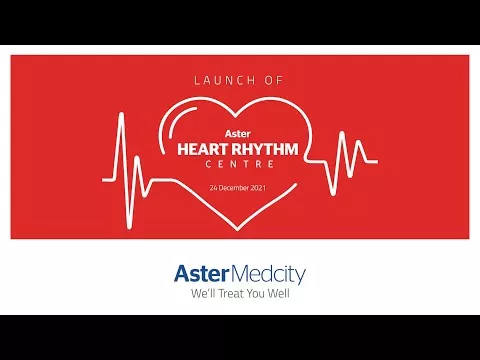Implantable cardioverter defibrillator (ICD) therapy is a medical treatment used to manage life-threatening cardiac arrhythmias, specifically ventricular tachycardia and ventricular fibrillation. These arrhythmias can cause the heart to beat too fast or irregularly, leading to a sudden loss of blood flow and potentially resulting in cardiac arrest or sudden cardiac death.
Blogs
The source of trustworthy health and medical information. Through this section, we provide research-based health information, and all that is happening in Aster Hospital.





